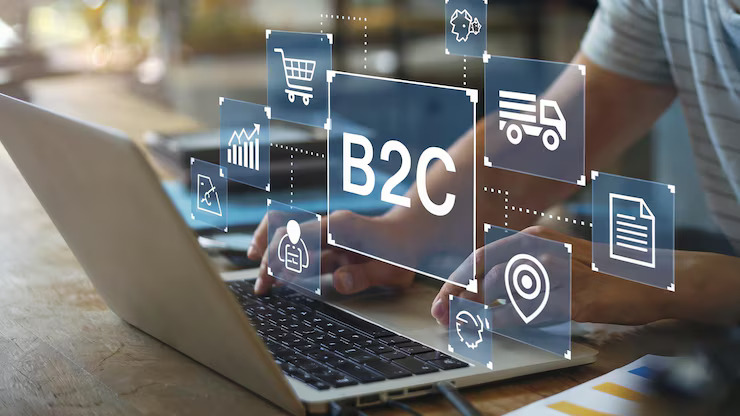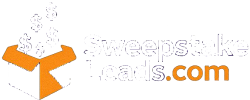



High-Volume Dialer Data: Optimizing Outreach and Engagement
Benefits of High-Volume Dialer Data
High-volume dialer data is a crucial asset for businesses engaged in telemarketing, customer outreach, and sales campaigns. This data enables companies to maximize efficiency, improve contact rates, and enhance customer engagement. One of the primary benefits of high-volume dialer data is its ability to automate and streamline outbound calling operations, allowing businesses to reach a large number of prospects in a shorter time frame. By integrating with predictive or auto-dialers, this data helps businesses reduce idle time between calls and increase agent productivity. High-quality, up-to-date dialer data also improves call connection rates, ensuring that businesses reach real and active phone numbers instead of disconnected or invalid contacts.

Another major advantage of high-volume dialer data is its role in targeted marketing. Well-segmented data allows businesses to tailor their outreach based on demographics, customer preferences, and past interactions. This ensures that sales teams connect with leads who are more likely to respond positively, resulting in better lead qualification and higher conversion rates. Additionally, high-volume dialer data supports compliance with regulatory requirements, such as the Telephone Consumer Protection Act (TCPA) in the U.S., by enabling businesses to filter out numbers on Do-Not-Call (DNC) lists. Businesses can also leverage analytics and insights derived from call data to refine their strategies, optimize scripts, and improve overall campaign performance. By using high-volume dialer data effectively, companies can enhance operational efficiency, reduce costs, and increase customer satisfaction.
Key Features of Our Dialer Data
- High Accuracy & Quality: Verified and regularly updated contacts to reduce call drops.
- Compliance-Ready: TCPA & DNC list scrubbing to ensure legal outbound calling.
- Geo-Targeted Dialing: Ability to target specific regions for better audience engagement.
- Data Segmentation: Filter contacts based on demographics, interests, and industries.
- B2B & B2C Coverage: Access to diverse business and consumer contact lists.
- CRM & Dialer Integration: Seamless compatibility with major CRM and auto-dialing platforms.
- Real-Time Updates: Ensures fresh, accurate data for improved connection rates.
- High Conversion Potential: Optimized to reduce wasted calls and boost sales outcomes.
Customization & Targeting Options
Customization and targeting are essential elements of any effective marketing strategy, allowing businesses to reach the right audience with personalized messaging and offers. By leveraging data-driven insights, companies can tailor their campaigns based on various demographic, geographic, behavioral, and psychographic factors. For instance, demographic targeting enables businesses to segment audiences based on age, gender, income level, education, and occupation, ensuring that marketing efforts resonate with specific consumer groups. Geographic targeting, on the other hand, allows brands to focus on customers in particular locations, whether at a national, regional, or local level.

How to Get Started
Getting started with a workplace sweepstakes requires careful planning, compliance with legal regulations, and a clear execution strategy. The first step is defining the purpose of the sweepstakes—whether it is to boost employee morale, celebrate achievements, or encourage participation in company initiatives. Once the objective is set, establish clear eligibility criteria, ensuring that all employees have a fair chance to participate without any discrimination. Next, determine the type of sweepstakes and the prize structure. The prizes should be attractive yet appropriate for the workplace, considering factors such as value, accessibility, and tax implications. It is essential to draft official rules, which should include entry methods, participation guidelines, prize details, and the selection process.

Transparency is key to maintaining trust, so ensure that all employees are well-informed about the sweepstakes rules and any legal disclaimers. Consulting with legal experts to verify compliance with federal and state laws can help avoid potential legal pitfalls.
Once the groundwork is set, choose a fair and unbiased method for selecting winners, such as using a digital randomizer or third-party service to ensure impartiality. Promoting the sweepstakes effectively within the organization is crucial—use company emails, internal portals, or meetings to encourage participation. Employers should also establish a method for verifying entries and maintaining records to prevent disputes. After the sweepstakes concludes, announce the winners in a transparent manner while respecting privacy regulations. Lastly, gather feedback from participants to evaluate the success of the sweepstakes and identify areas for improvement.



